Traveling Wave Antennas
$53.00
Traveling Wave Antennas by Carleton H. Walter ISBN: 9780932146519
A traveling wave antenna is defined as one whose fields and currents that produce the antenna pattern can be represented by one or more traveling waves, usually in the same direction. The antenna’s main radiating mechanism is a guiding structure, generally continuous and long in terms of wavelength. In contrast, resonant antennas such as the monopole or dipole, are driven by radio frequency currents traveling in both directions, bouncing back and forth between the ends of the antenna.
Today’s interest in traveling wave antennas has been reawakened by interest in “skin” antennas, conformal with the aircraft’s body, for radar, communications, navigation and countermeasures systems in high performance military aircraft. Accordingly, the book’s chapters devoted to theory, design data and applications of traveling wave planar antennas will merit special attention.
The primary objective of this book is to present under one cover much of the material on traveling wave antennas previously found only in varied reports, journals and handbooks. The general subjects covered in Traveling Wave Antennas are analysis, synthesis, design, excitation, and finally, applications of traveling wave antennas. Chapters 1 reviews antenna fundamentals and defines the terms used in the text. Chapter 2 presents analytical methods for determining the fields of a traveling wave antenna when the source distribution is known. Chapter 3 treats the inverse problem — determining the source distribution that will produce a specified field. Chapter 4 addresses designing the radiating structure of the travelling wave antenna. Chapters 5 and 6 provide design data for line sources and planar sources, respectively; chapter 7 addresses traveling wave antenna excitation; and chapter 8 describes a variety of practical traveling wave antennas: long wire/endfire, dielectric rod, Yagi-Uda, slotted waveguide, helical, dielectric sheet, corrugated surface, ferrite and plasma sheet, backward wave, frequency independent, spiral, log periodic, curved surface, and arrays.
The author, Carlton H. Walter, an eminent scientist/engineer had a distinguished teaching, research and consulting career. He was a professor of Electrical Engineering at The Ohio State University, president of the Antenna and Propagation Society of the IEEE, and Director of the ElectroScience Laboratory of The Ohio State University. After retirement from Ohio State, Dr. Walter joined the Military Electronics and Avionics Division of TRW where he was responsible for antennas and new technology. copiously illustrated the text with graphs and diagrammatic material.
Traveling Wave Antennas is primarily a handbook for understanding and design but it can be used for teaching at the advanced undergraduate or first-year graduate level. There are sets of problems at the end of each chapter for students, and the book is thoroughly indexed and copiously filled with references and illustrations. It is the electrical engineer concerned with antenna design who will find this book’s design data invaluable. There is no other book that treats the subject traveling wave antennas so thoroughly; and there is no other book exclusively devoted to this subject.
Reviews
There are no reviews yet.

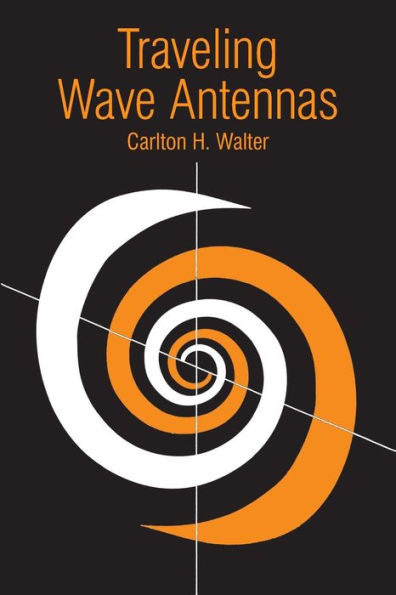
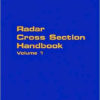
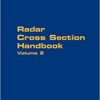
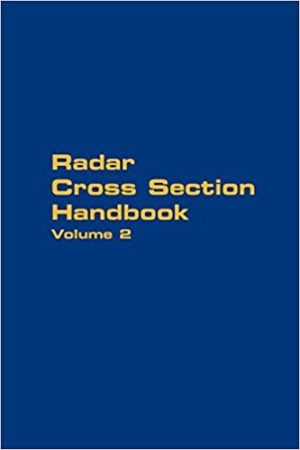
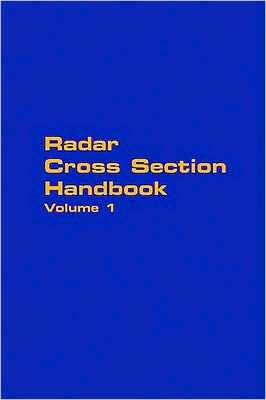
Be the first to review “Traveling Wave Antennas”